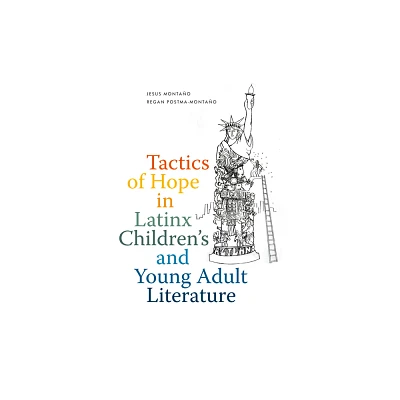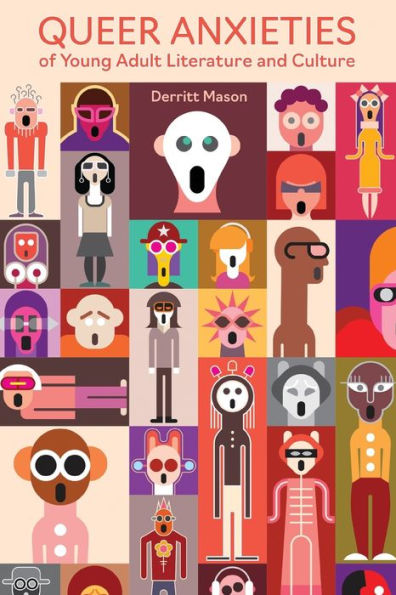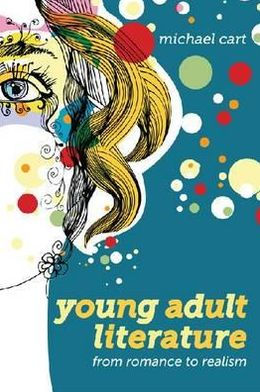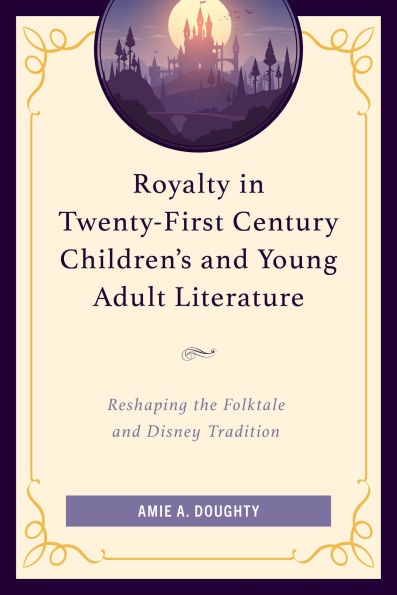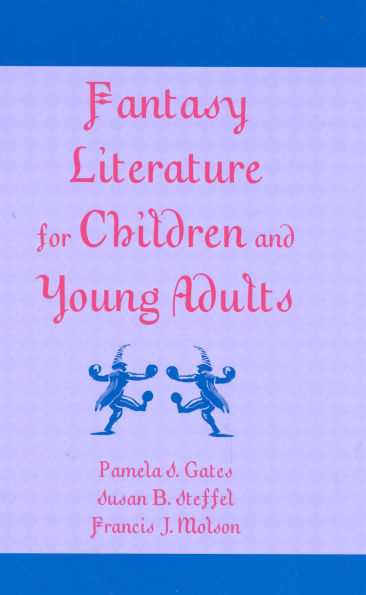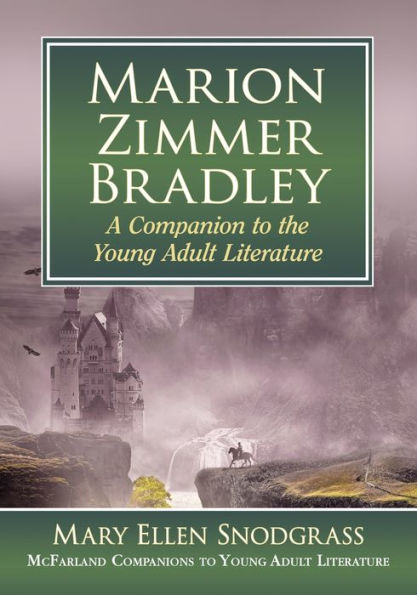Home
Liminal Spaces Children's and Young Adult Literature: Stories from the Between
Loading Inventory...
Barnes and Noble
Liminal Spaces Children's and Young Adult Literature: Stories from the Between
Current price: $110.00
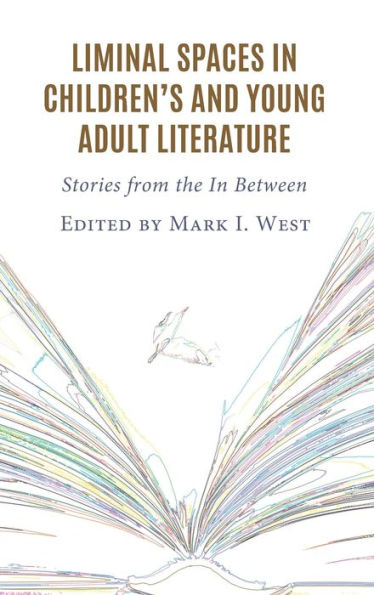

Barnes and Noble
Liminal Spaces Children's and Young Adult Literature: Stories from the Between
Current price: $110.00
Loading Inventory...
Size: Hardcover
*Product Information may vary - to confirm product availability, pricing, and additional information please contact Barnes and Noble
Scholars in the field of children’s literature studies began taking an interest in the concept of “liminal spaces” around the turn of the 21st century. For the first time,
Liminal Spaces in Children’s and Young Adult Literature: Stories from the In Between
brings together in one volume a collection of original essays on this topic by leading children’s literature scholars. The contributors in this collection take a wide variety of approaches to their explorations of liminal spaces in children’s and young adult literature. Some discuss how children’s books portray the liminal nature of physical spaces, such as the children’s room in a library. Others deal with more abstract portrayals, such as the imaginary space where Max goes to escape the reality of his bedroom in Maurice Sendak’s
Where the Wild Things Are
. All of the contributors, however, provide keen insights into how liminal spaces figure in children’s and young adult literature.
Liminal Spaces in Children’s and Young Adult Literature: Stories from the In Between
brings together in one volume a collection of original essays on this topic by leading children’s literature scholars. The contributors in this collection take a wide variety of approaches to their explorations of liminal spaces in children’s and young adult literature. Some discuss how children’s books portray the liminal nature of physical spaces, such as the children’s room in a library. Others deal with more abstract portrayals, such as the imaginary space where Max goes to escape the reality of his bedroom in Maurice Sendak’s
Where the Wild Things Are
. All of the contributors, however, provide keen insights into how liminal spaces figure in children’s and young adult literature.

